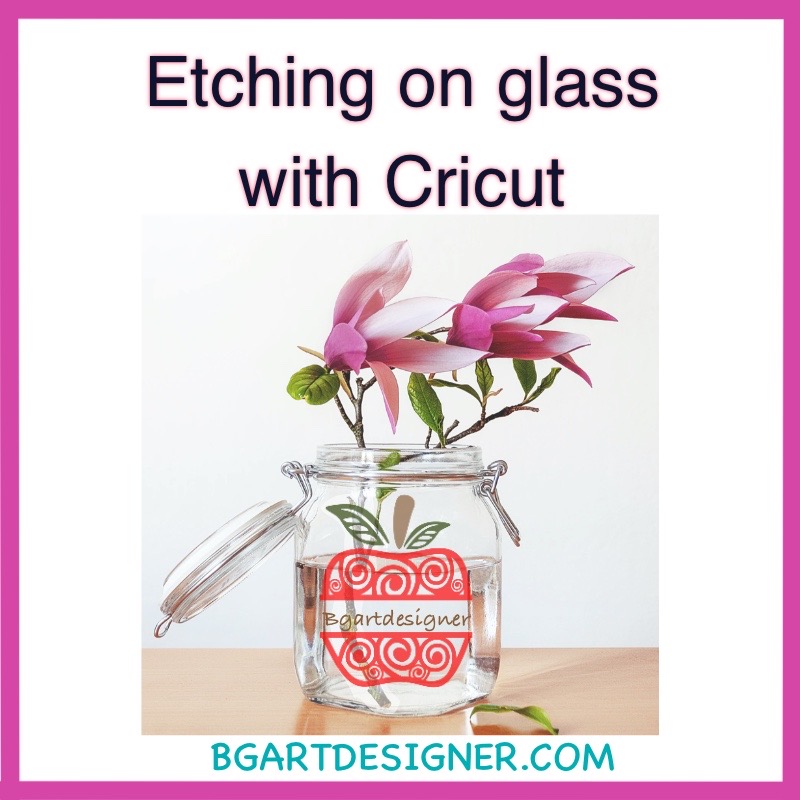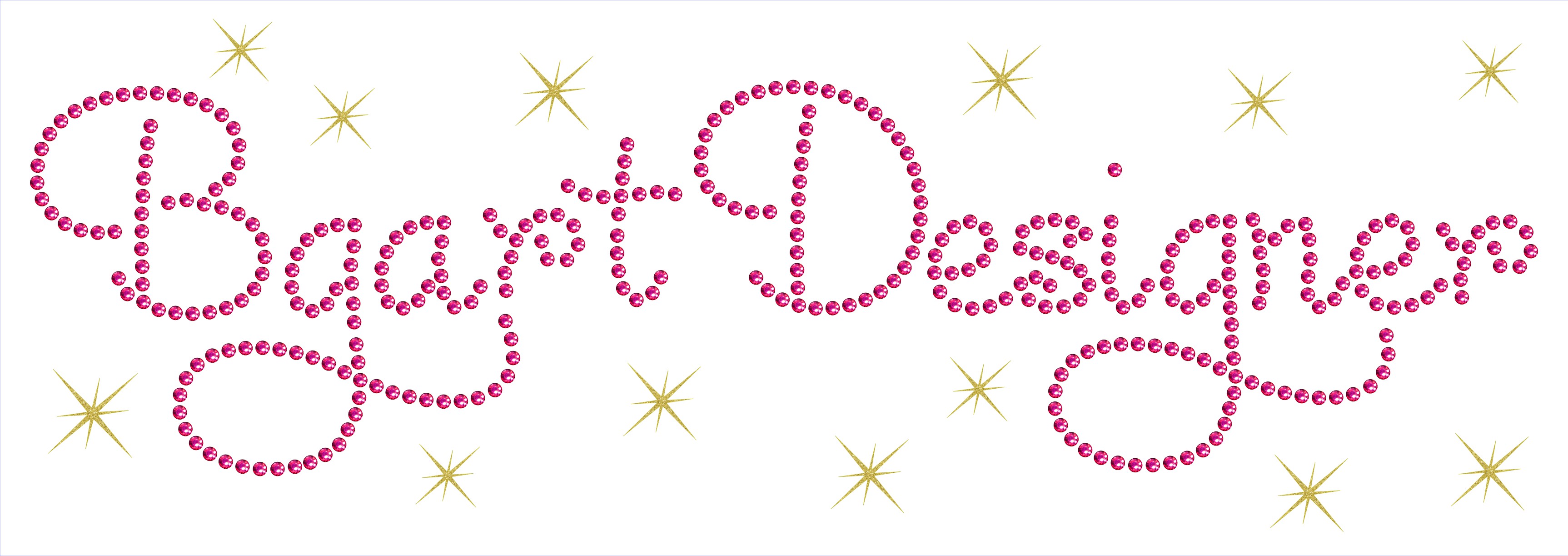Cutting and Crafting
Etching on glass with Color using Cricut

Glass etching tutorial, using a Cricut! All the tips, and an tutorial of how to color the etching!
Etching on glass is really easy and the results are amazing! use a Cricut mahine to create the stencil and take the etching cream! it is also possible to add some color to it, and it ends up looking amazing. check it out!
Supplies needed
- glass item
- Armour etch
- lint-free cloth
- rubbing alcohol
- painters tape
- permanent vinyl
- transfer tape
- weeding tool
- scraper tool
- cutting machine
- oil-base paint pens
- rub ‘n buff
- non-latex gloves
- mask
- dispossable brush
To etch glass it is recommended to use Armour etch, a specially formulated liquid that can etch glass permanently. To use Armour etch, it is necessary to have a ventilated space and to cover the work space with a few layers of butcher paper to protect it. In addition, it is necessary to have access to running water to rinse off the cream and a timer to control the etch time.
Creating the Stencil
First, create the stencil with a Cricut machine to work with the etching cream on the glass.It is possible to buy a design on BGartDesigner to make a stencil from it. To do this, go to the Cricut design space, insert a circle and place the design on top of it. select both pieces and go click on “slice” in the lower right corner. Try not to use a font that has small details or very fine lines.
Click on make it. On the preparation screen do not mirror the design if it is for a glass, however if it is for a plate project, it is necessary to mirror the design since to engrave a plate, the design goes on the bottom of the plate for safety, and it is necessary to mirror it so that the design is clear.
Send to cut the stencil on a cutting machine, either Cricut, Silhouette or Scan and cut will work. While cutting, start prepping the glass, this will really help the stencil adhere better. Wipe the surface with a lint free cloth and some alcohol to remove any dust or oils from the glass that will make the vinyl adhere less. Next, avoid touching the glass with bare hands. Finally, let the glass dry while weeding the design.
Weeding and tips
To weed the design, leave it on the mat to make the process easier. Weeding a stencil is the opposite of most traditional vinyl projects, as in this project the etching cream has to create the design. To do this, instead of removing the vinyl around the design, use the weeding tool to remove the letters and the design itself.
Be sure to leave the center of the letters in place, if they accidentally come out, carefully lay it back down. When finished, flip the mat over onto the work surface and gently fold it over to release the vinyl and its backing sheet; keeping the design as flat as possible. Next, use the transfer tape to transfer the template from the backing sheet to the glass.
To place the transfer on the stencil, hold the transfer with the adhesive side down over the design, fold the sides up to make a U-shape, lower the bottom over the center of the stencil; smooth the transfer tape over the vinyl from the center outwards so there are no wrinkles or bubbles.
With the transfer tape in place, run a scraper tool over the entire top and back of the project with medium pressure. This will help the design adhere better to the transfer. Next, remove the backing paper from the vinyl, if the stencil is still stuck to the backing paper, burn it off again with the scraper tool.
Placement of the stencil on curved surfaces
To apply the vinyl cut with the Cricut to a curved glass surface, cut small slits around the outside edge of the transfer. This will allow the stencil to bend around the glass to avoid bubbles and wrinkles. This is very important for an etching project because you don’t want the cream to get under the vinyl. Be sure not to cut too close to the design.
A tip, to hold the glass in place while applying the vinyl, use lint rollers on each side of the glass to keep it steady. Now, to place the stencil on the glass; fold the U-shaped design back over it and place the center of the design on the glass by gently smoothing it from the center outward.
Finally, remove the adhesive tape, making sure that the decal is well adhered to the glass, to prevent the etching cream from getting into the areas you do not want to etch. Press the vinyl well with your fingers to eliminate bubbles and creases. If many bubbles appear when adhering the design; use the wet method, check the tutorial HERE.
Adding the etching cream on glass
Now, before adding the etching cream on the glass using the stencil cut with our Cricut, cover the around the stencil with painter’s tape in case the etching cream spreads. Grab the etching cream, butcher paper, a timer for three minutes and a disposable brush.
In this step, wear a mask so as not to inhale the etching cream directly, also put on gloves and protect the working space with butcher paper. Then apply enough cream on the stencil and brush it on for about three minutes. Brush the cream on, from top to bottom, side to side and diagonally.
Be careful at this step because remember that it is not possible to remove the etching cream from the surfaces.
After the three minutes have passed, apply more cream to the areas where it appears to have become diluted, and then allow it to set for another five to ten minutes. Keep in mind the longer it sets, the more uniform and deeper the etch will be.
When the time is up, remove the excess etching cream. Rinse the remaining cream from the glass under the running water; making sure to remove all of it before removing the vinyl. Finally, dry the glass completely with a lint-free cloth and remove the painter’s tape and stencil. The weeding tool will help to remove the rest of the decal, but be sure not to scratch the glass.
Color the etched design
There are two options for coloring the etched design, using rub ‘n buff or oil-based markers. Here’s the process for both.
Over all, rub ‘n buff is better because it leaves a metallic color, and it’s super easy to use. Apply a small amount of rub ‘n buff with your gloved finger, and rub it into the etched design. Then buff it into the etched areas with a dry paper towel. It is possible to wipe the excess off the surface of the glass; but the wax dries quickly, so do it fast or try a little rubbing alcohol to remove it from the edges. And that’s it.
Another way to add color to the etching cream is to use oil-based markers. if they are new, shake them up and start pushing the tip down on a piece of scrap metal until the color goes off. If you are using more than one color, use painter’s tape to protect the areas you are not painting.
once the marker is ready, color over the etched design and quickly wipe off the excess before it dries. This technique works while painting small areas at a time. if some paint comes off the etched design, it is possible to wipe it off with a dry paper towel by applying a little pressure.
I hope this glass etching tutorial will help you to create amazing projects with glass surfaces, the Cricut machine is very useful in these cases to create a nice stencil and capture the ideas with the etching cream.
